The increasing complexity of electrical devices makes the reliability of the internal components vital to ensure a high-quality device. In addition, most electronic devices people use daily have many miniature components inside, including high-quality small springs.
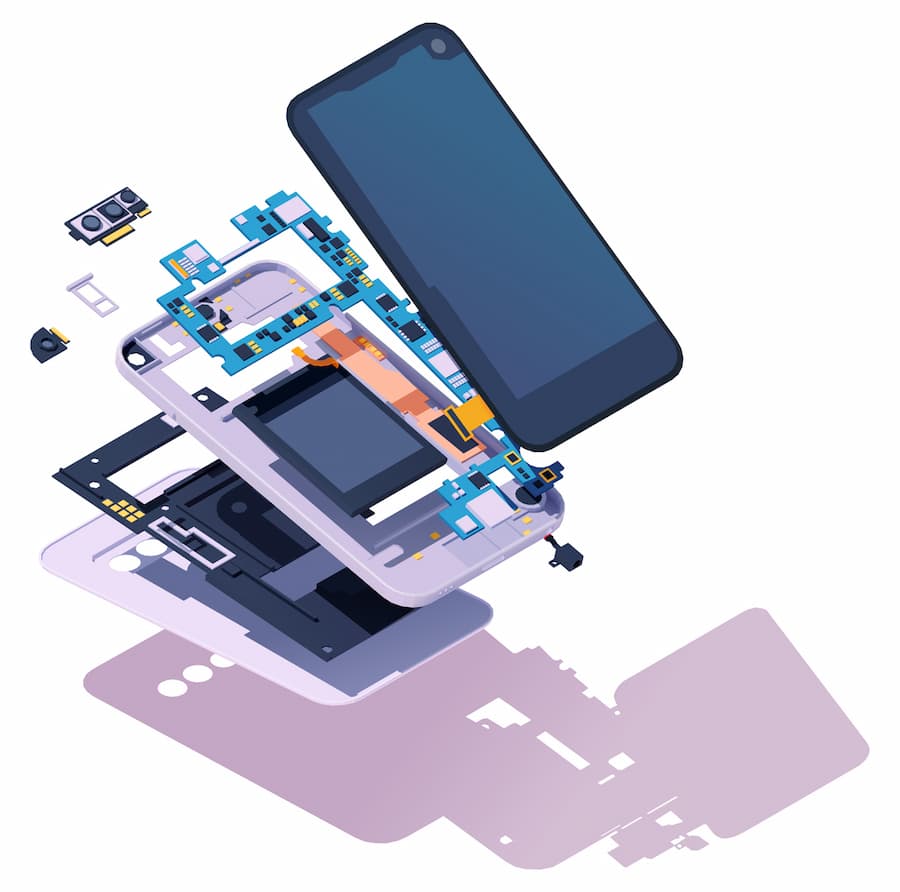
Benefits of Choosing Spring For Electronic Devices
Small springs are essential for most electronics as they play vital roles in product and machine design. Small springs provide consistent and predictable force between electrical components, which prevents intermittent connections or voltage drops that will reduce performance.
Small springs also provide superior vibration resistance as they can act as shock absorbers in surprisingly small devices such as mobile phones. Internal sensitive components can also be protected from sudden shock to ensure longevity. Small spring design provides superior customisation and innovation regarding device design, allowing designers to make excellent devices and outdo their competition.
Small Spring Materials for Electronics
Copper alloys and carbon spring steel are two effective choices for spring design in electronic devices. These materials are commonly chosen as they provide several inherent features that benefit electrical applications.
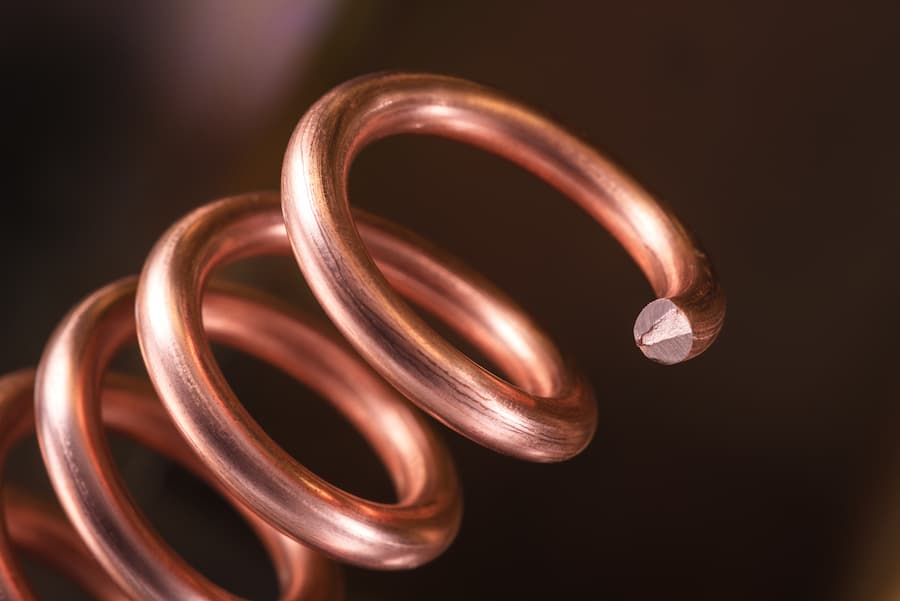
Copper Alloy Springs for Electronics
Copper alloys are a material commonly chosen for use in electronic devices by spring manufacturers. This is because copper has excellent electrical and thermal conductivity that helps protect the internal computer components. However, copper alloys are often used as a substitute for pure copper due to their improved mechanical properties while maintaining their high electrical conductivity. Here are some examples of the alloys and where they are used:
- Copper-Tin Alloys (Phosphor Bronze): Phosphor bronze is a copper-tin alloy commonly used in electrical contacts, switches, small springs, and connectors due to its high strength, good fatigue resistance, and excellent electrical conductivity.
- Copper-Nickel Alloys (Constantan): Constantan is a copper-nickel alloy widely used in thermocouples, strain gauges, and other sensing applications due to its high electrical resistance, low-temperature coefficient of resistance, and good mechanical properties.
- Copper-Beryllium Alloys: Copper-beryllium alloys provide high strength, excellent fatigue resistance, and good electrical conductivity. However, beryllium is a toxic element, and its use in electronic applications is subject to strict regulations.
- Copper-Silver Alloys: Copper-silver alloys are used in electrical springs inside contacts and switches due to their high electrical conductivity and excellent corrosion resistance. They are also used in electrical components, such as circuit breakers, fuses, and power switches.
- Copper-Tungsten Alloys: Copper-tungsten alloys are found in electrical contacts, electrodes, and heat sinks due to their high thermal conductivity, good electrical conductivity, and high melting point.
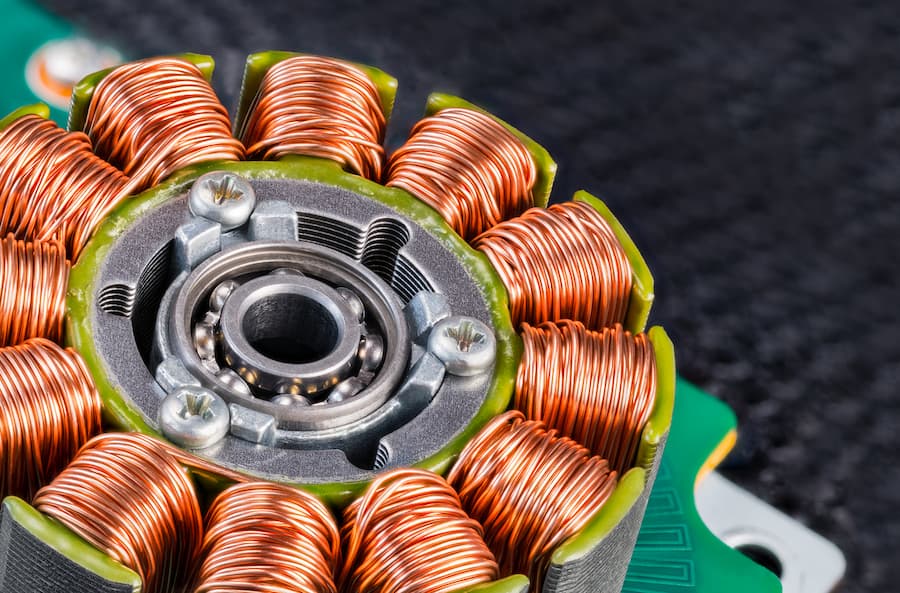
Highly Conductive Material
These are highly effective choices due to their inherent conductive attributes. Because copper has the highest conductivity of any non-precious metal, copper alloys are perfect for high-tech applications; For instance, brass spring wire is frequently utilised in various electrical applications. Copper also has high corrosion resistance, is simple to solder onto surfaces like motherboards, and is highly malleable. However, it is essential to note that this metal is not the strongest. As a result, it will not be the best option for applications requiring durability or resistance to wear and tear.
The electrical conductivity of copper alloys varies depending on the specific alloy composition, with conductivity generally ranging from about 10-60% on the International Annealed Copper Standard (IACS). Here are some examples of copper alloy electrical conductivity values:
- Phosphor Bronze: 10-17% IACS
- Copper-Nickel (70/30): 27% IACS
- Copper-Beryllium: 15-35% IACS
- Copper-Silver: 75-85% IACS
- Copper-Tungsten: 34-47% IACS
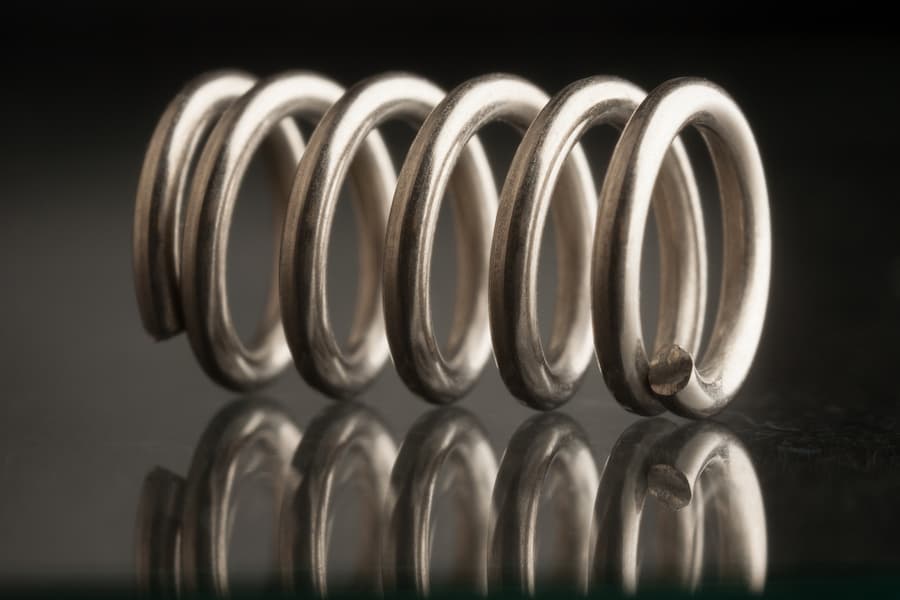
Carbon Spring Steel Springs for Electronics
Since carbon spring steel is significantly stronger than copper alloys, it is frequently chosen for applications requiring a fair amount of strength and durability or for high-stress environments. This characteristic gives carbon spring steel a specific focus for spring design within electrical devices.
- High Carbon Steel: High carbon steel, also known as spring steel, is a carbon alloy steel that contains 0.6-0.99% carbon. It has excellent strength, hardness, and wear resistance, making it suitable for various mechanical components in electronic devices, such as wire forms and small springs.
- Music Wire: Music wire is a type of high-carbon steel wire that has been cold-drawn and heat-treated for high strength and fatigue resistance. It is commonly used for springs and other mechanical components in electronic devices.
- Blue Tempered Spring Steel: Blue tempered spring steel is cold-rolled, high-carbon steel that has been heat-treated for high strength and durability. It is frequently used for electronic devices’ springs, fasteners, and other mechanical components.
- Oil-Tempered Spring Steel: Oil-tempered spring steel is heat-treated, high-carbon steel quenched in oil for improved toughness and durability. It is universally used for Small springs for electronics, wire form clips, and other mechanical components in electronic devices.

High Strength Material
Carbon spring steel, unfortunately, does not make a very conductive component compared to copper alloys. A small spring manufacturer like Airedale Springs will compensate by providing additional treatments that increase conductivity because this is one of the properties required of springs and wire forms crucial to the electronics industry.
For example, carbon spring steel can be used as contacts or connectors in electronic devices where high mechanical strength and durability are prioritised. The high carbon content provides good spring properties and resistance to deformation, which makes it suitable for applications where repetitive movement or pressure may occur, such as in switches, relays, and battery contacts.
However, carbon spring steel may not be the best choice for all electronic applications that require high conductivity, as its electrical conductivity is relatively low compared to other metals like copper or silver. In addition, carbon spring steel may not be suitable for applications that require high corrosion resistance, as it is prone to rust and corrosion over time.
Depending on your budget and the required conductivity, the spring can be coated or plated with tin, gold, or silver. Tin is the least electrically conductive of the three but is also the most cost-effective. We can also protect against corrosion at Airedale Springs with a pre-galvanised coating.
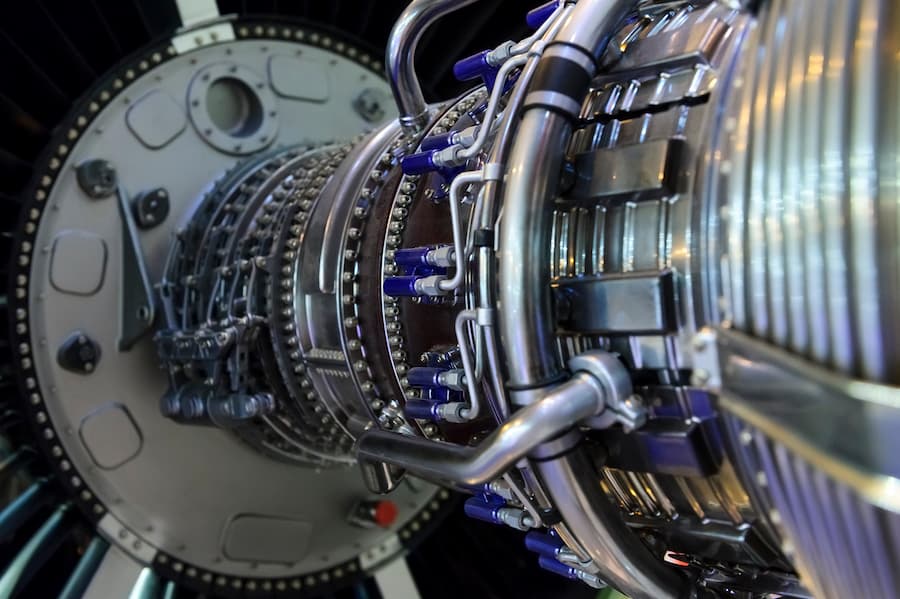
Small Spring Manufacture at Airedale Springs
At Airedale Springs, we pride ourselves on our small spring manufacturing capabilities, but we also manufacture bespoke wire forms for electrical applications. Contact us to discuss your electrical application specifications and discover what components we could create for you.

